芳香烃fangxiangting
主要指分子中含有苯环结构的一类碳氢化合物,简称芳烃。芳烃的衍生物统称为芳香族化合物。分子中含有一个苯环的芳香烃,称为单环芳烃,如:

苯 甲苯 1,2-二甲苯 1,3-二甲苯 1,4-二甲苯
(邻二甲苯) (间二甲苯) (对二甲苯)

1,2,3-三甲苯 1,2,4-三甲苯 1,3,5-三甲苯 3-乙基甲苯(连三甲苯) (偏三甲苯) (均三甲苯) (间甲乙苯)
以上苯的同系列作为苯的烷基取代物命名,有的芳烃作为脂链烃的苯基衍生物命名,如:

苯乙烯 苯乙炔 2-甲基-3-苯基戊烷
分子中含有两个或两个以上苯环的芳烃,称为多环芳烃。根据苯环的联结方式不同,可以分为稠环芳烃、联苯或联多苯类、多苯代脂烃3种。稠环芳烃是依靠共用相邻的两个碳原子将苯环稠合在一起,有的稠环芳烃具有特定的名称,如:

![]()
联苯 1,4-联三苯
(对联三苯)多苯代脂烃中的苯环不直接相连,命名时将苯基为取代基,如:

1,2-二苯乙烯 三苯甲烷
苯是芳烃中最基本的结构,通常采用含3个共轭双键六元环的结构式,这是1865年德国化学家F.A.凯库勒提出来的,称为凯库勒式。从组成上看,苯是不饱和烃,但它不易发生加成和氧化反应,易发生取代反应,并有特殊的韧定性(参见“芳香性”)。根据杂化轨道理论,苯分子中每个碳原子都是sp2杂化,各以两个sp2杂化轨道与相邻的两个碳原子的sp2杂化轨道重叠,形成C—Cσ键(见图1),并以一个sp2杂化轨道与氢原子的1s轨道重叠,形成C—Hσ键。

图1 苯分子 σ键示意图
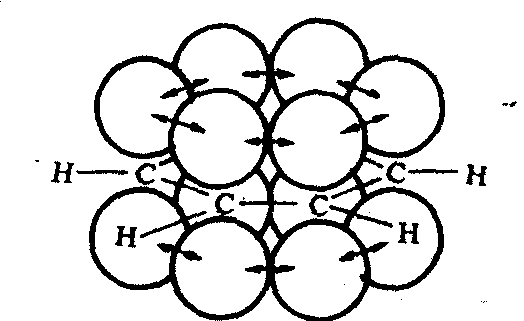
图2 苯分子p轨道重叠示意图
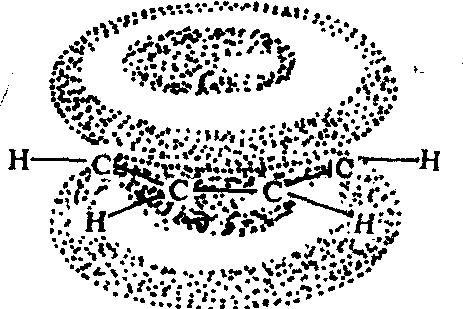
图3 苯分子π电子云示意图
苯分子中所有的原子都在同一平面内,所有的键角都为120°,6个碳原子形成正六边形的环。每个碳原子各有一个未参与杂化的p轨道(见图2),均垂直于碳环平面,互相平行,从侧面相互重叠,形成一个包括6个碳原子在内的闭合的共轭体系或称闭合的大π键,苯的π电子云 (见图3)是一个整体,均匀地对称分布在环平面的上方和下方。分子中无单、双键之分,每个碳碳键的长度都是0.140nm,介于C—C和C=C的键长之间,也有用还有某些烃,分子中不含苯环结构,但是具有芳香性,称为“非苯芳烃”。1936年德国物理学家E.休克尔提出,在一个平面上的环状共轭体系,其π电子数符合4n+2 (n为整数)时,就有芳香性。上述原则称为休克尔规则,如:
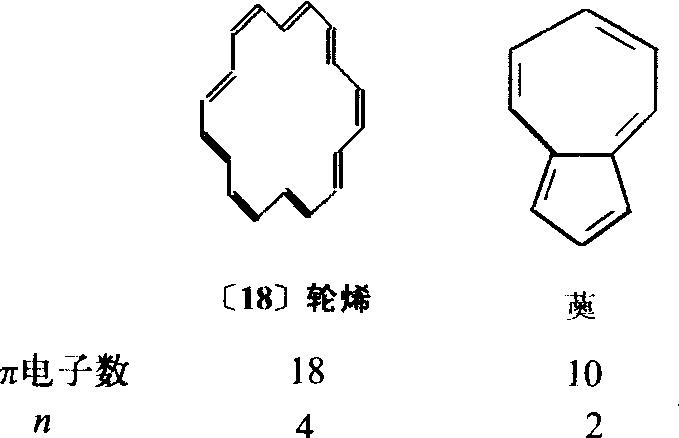
在常温下,芳烃为液体或固体; 不溶于水,能溶于有机溶剂。芳烃具有芳香性,容易和许多试剂发生取代反应 (参见“芳烃的卤代”、“芳烃的硝化”、“芳烃的磺化”、“傅氏反应”) 如:

芳烃不易加成,在特殊情况下,仍能发生加成反应。苯与氢加成生成环己烷 (参见“环烷烃”),很难控制在中间阶段; 在紫外线照射下与氯加成,生成六氯化苯,又称1,2,3,4,5,6-六氯环己烷,六六六农药:
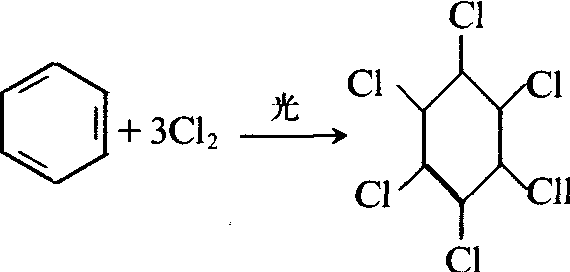
芳烃对氧化剂也很稳定,芳环不能被高锰酸钾氧化,但烃基取代的芳烃,当与苯环直接相连的碳原子上含有氢原子 (称α-H) 时,可以被高锰酸钾氧化,产物均为芳环上直接连有羧基,如:

芳烃在高温和五氧化二钒催化剂作用下,可被空气氧化开环,如:

邻苯二甲酸酐
芳烃主要来源于石油和煤焦油。某些地区的石油中芳烃的含量较高,煤焦油中芳烃的含量约占25%,其中包括许多稠环芳烃。目前工业上生产芳烃的主要方法是在催化剂存在下,由石油馏分中的烷烃环化脱氢或由其中环烷烃异构化脱氢等形成芳烃。如:烷烃环化脱氢
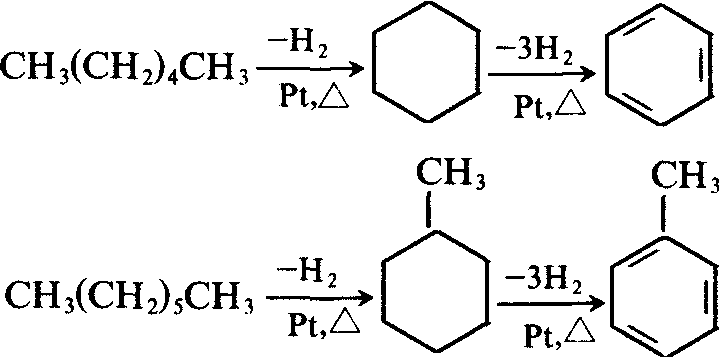
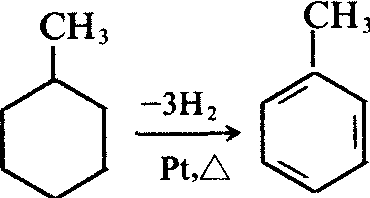
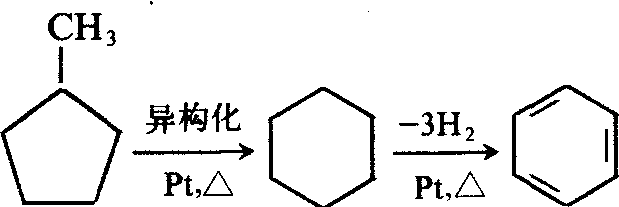
芳烃特别是单环芳烃如苯、甲苯、二甲苯等是重要的化工原料,可用于制备染料、农药,合成药物,塑料,合成橡胶,合成纤维等; 液体芳烃还可以用做溶剂。
芳香烃
简称“芳烃”。不饱和环状(芳族)化合物的类名,代表物是苯。分子中都含有苯环基本结构。其主要来源是煤焦油和石油。